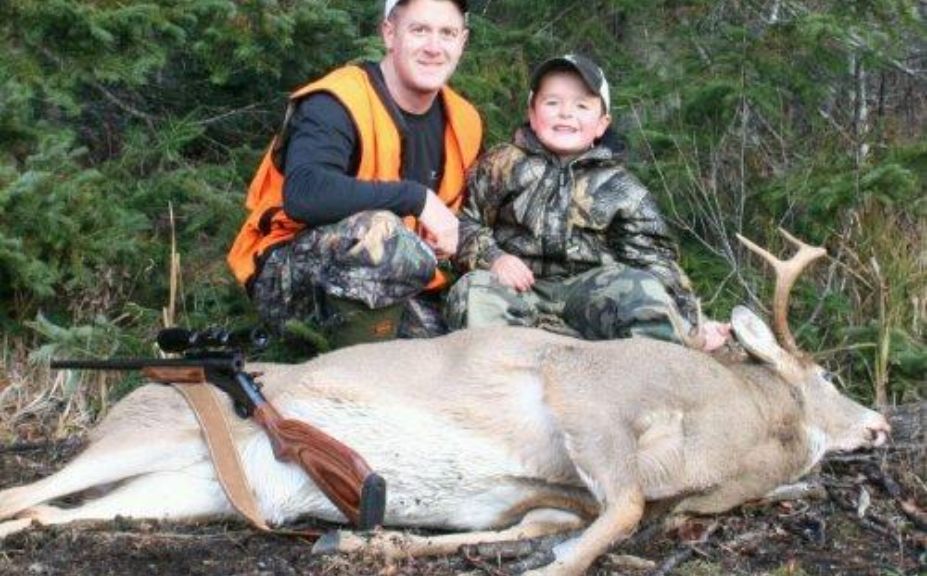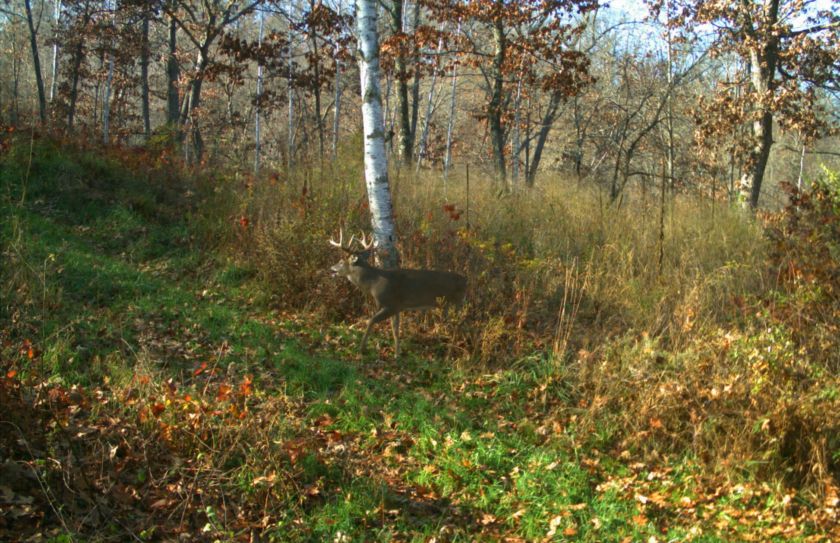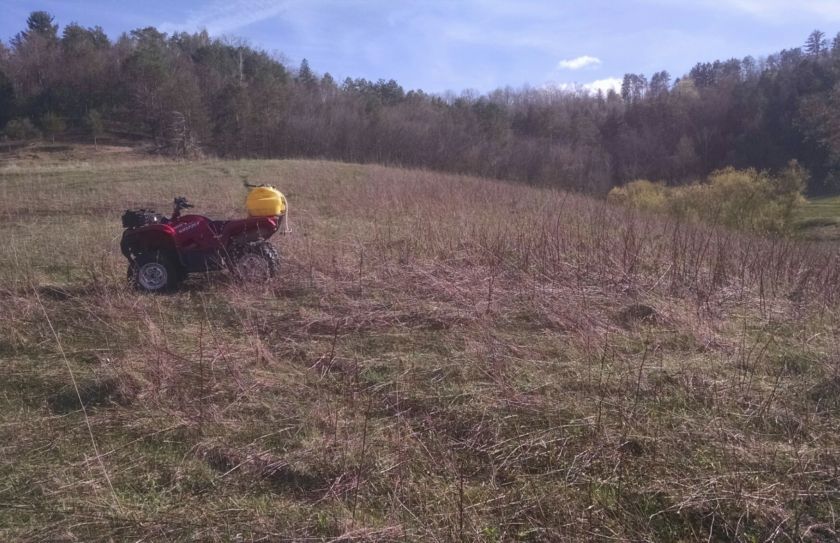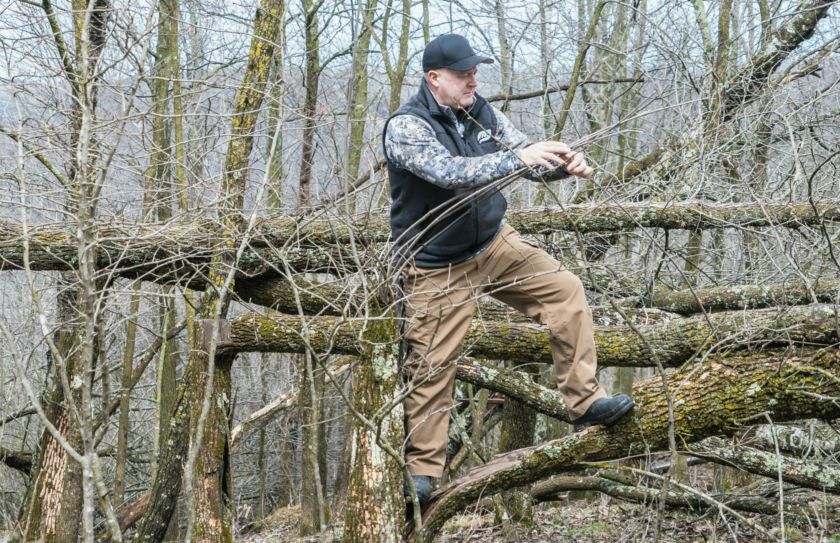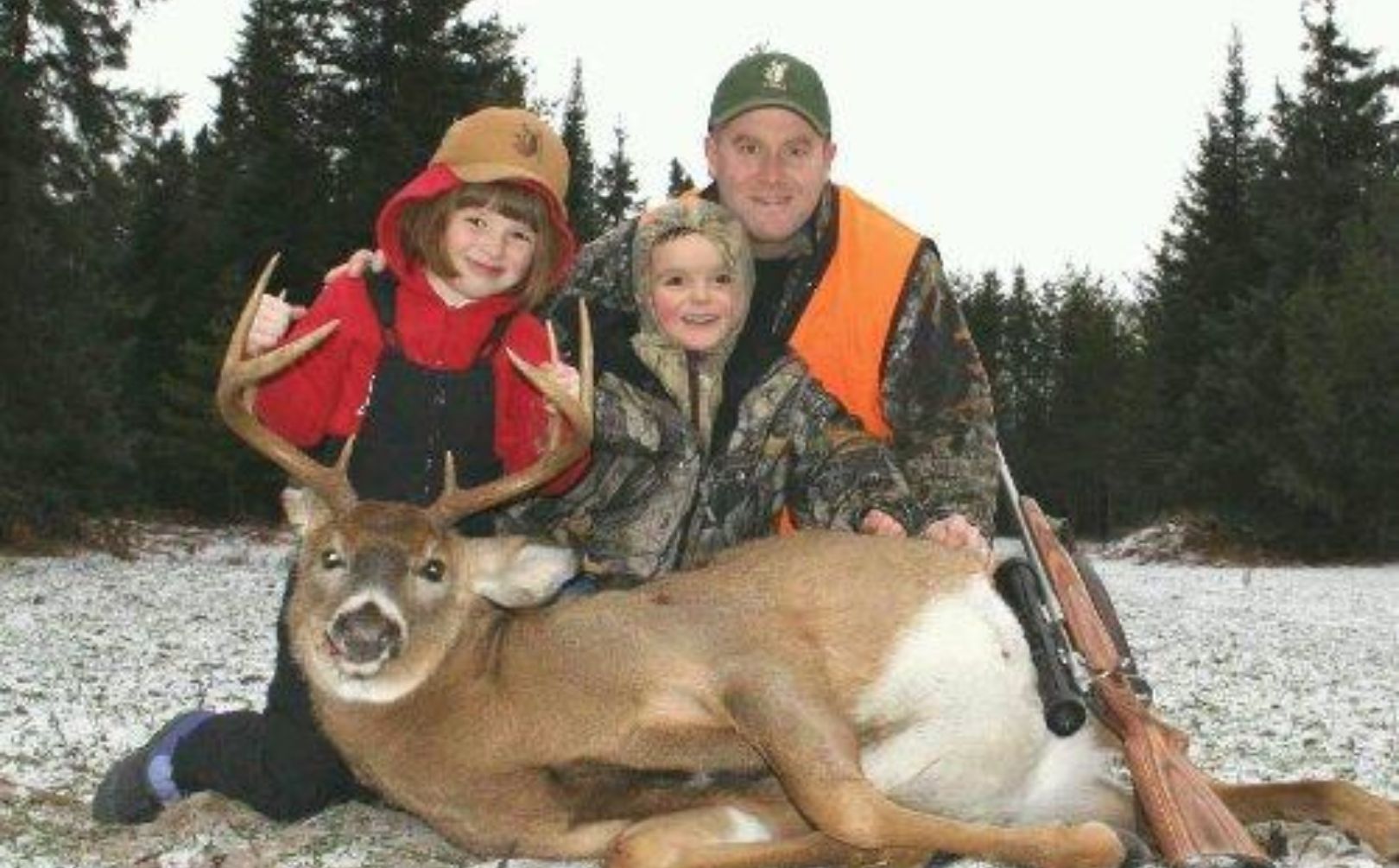
Bucks, bucks, bucks…P&Y, B&C, 10 points, 12 points, total inches, total mass…beam length, tine length, total spread. Now seriously, how many campfire tales surround the mysterious ways of that really cool doe on the property? “Big Moe”, the “Big 8”, “Slick”, “Tall Boy”, “Heavy 10”…is it safe to say we focus at least a little on bucks?
Not that there is anything wrong with that…But in reality it doesn’t matter if you are hunting on public or private lands, it all starts with the females, and I’m not talking about sex ratios, populations maintained in balance with the habitat and all of the other indicators of herd health. By starting to think and focus on the doe family groups and where they are positioned on the lands you hunt or manage, your efforts can then all fall into place. I’m going to tell you how, but as I’ve found in my own life if you don’t put the ladies first…it’s just not going to work out very well.
Let me give you an example of an 80 acre parcel that you approach from the long side…basically a 40 to your left, and a 40 to your right. In the center is a great 10 acre food plot, surrounded by some of the most beautifully matured hardwoods one could have. By the time you drive into access your garage, and then cross the food source…you essential reach the back of your property line. Cut through the open hardwoods to the left and you have about 15 acres of heavy cover along the parcel border…and then to the right and towards the other border you are left with about 20 acres. The 10 acre field is a HUGE draw and carries with it a high attraction of a sizable deer herd within the area. Those deer come from either end of the property to feed towards the center…returning at daybreak back to the outsides of the parcel to bed until evening. I hope you can picture what I’m trying to explain, but in essence, this parcel is being taken over by the local doe population and I’d be willing to be that if the landowner shoots a mature bucks it’s from one of his many stands towards the outside of his parcel, facing outward. The landowner is simply waiting in the evening for a buck to come back onto the parcel towards the huge social area in the middle. The problem? There are only 2 single layers of bedding on either end of the parcel and the doe family groups always take over the first 1-2 layers of bedding, let alone the only layer.
Let me start by asking, how many of you only have 1 layer of bedding on your property? What about 2? I’m going to discuss how you can “stack” does within narrow areas on your property, how you can keep them there, and how that then leaves the bulk of the parcel to be inhabited by the local mature buck population. As I mentioned before, “Ladies First” and I hope that by the end of this discussion you can see both how and why.
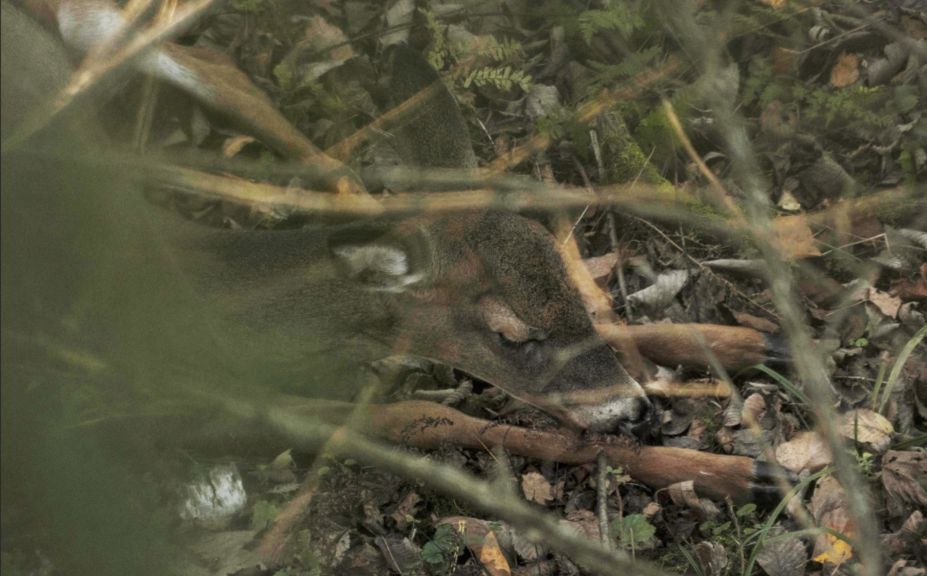
Stacking by Concept
I’m going to keep referring to the 80 acre example above so that I can attempt to hammer home this concept. It could be that a major food source is on the west side, the east side, or in this case in the middle, and it could be that you don’t have a nearby food source of any kind. But in this case, you need to pull those does away from the side, and towards the middle. The first place I’d start is in that giant food plot. There is no reason that you can’t have at least a doe family group or two bedding right out in the middle of the food. In this case I’d recommend a few ¼ acre islands of cover with a mix of conifers towards the center, shrubs towards the outside, all surrounded by native grasses or native regeneration to in effect insulate the entire bedding pocket. By doing this you can possibly house multiple doe family groups right in the heart of your property. But it doesn’t end there!
The next step is to insulate the entire perimeter of the food plot…native grasses, shrubs, conifers…feel free to use your imagination. By doing this you hide deer in the woods from the plot, and deer in the plot from the woods. By offering solid pockets of cover within the plot itself, as well as offering that layer of cover surrounding the outside, you begin to lower the overall stress level within and surrounding the entire food source. Deer will begin to feel more comfortable during the daylight hours, and deer will also use that plot many hours earlier within the day…often all day long if the conditions are right. It’s now time to start your next bedding layer.
Behind that perimeter layer of insulation surrounding the plot, you have now set yourself up for a GREAT 2nd layer of bedding…and I say “2nd layer”, because the first layer is within the plot itself by installing the bedding pockets. I’d concentrate on the length of the surrounding perimeter and work on that first 50’ of hardwoods. Whether it be an aggressive timber harvest, a complete knock-down mess, or carefully constructed and scattered bedding pockets complete with travel corridors, small individual beds, hinge cuts, conifer plantings and tie-downs…those bedding areas should for the most part surround the entire plot. You now have two solid layers of bedding cover and you can give the doe family groups what they want, which is adequate and scattered bedding opportunity as close to the food source as possible. Within and surrounding a 10 acre food plot (now 8.5 acres after devoting some of the open space to bedding cover) you have the ability to stack LOTS of doe family groups, however, some of those does just might have a bad attitude and desire a little more solitude.
Heading into the interior of the woods on either side of the large plot look for the best potential bedding opportunity. Slight elevation changes, points, inside benches towards the tops of ridges, and higher timber stem counts per acre areas all have potential. “Cherry Pick”, the best spots at least 50-100’ past the bedding layer that surrounds the plot. At this point in your improvements you now have THREE layers of bedding cover, which is more than adequate on most parcels to house the majority of all doe family groups. Better yet, if you do the math, you’ve now used 3 separate layers of bedding to stack almost the entire doe herd by using the INTERIOR 30-35 acres of space, including the food plot, instead of the outside 30-35 acres. There has been a huge amount of progress accomplished, but it’s STILL not time to focus on those bucks yet because now that you have given a place for those does to hang out, you have to keep them happy!

If you enjoy advanced whitetail strategies, you'll love my Whitetails By Design Book Series!
Happy Does Are Here To Stay
Believe it or not, this is the easiest piece of the entire puzzle and all that you have to do is to keep the food and cover consistent. The food needs to be consistent in quality and attraction…and the cover consistent in quality and security. If those areas remain consistent, then those does remain happy and they have no reason to move. There is no place for deer drives, random woods walks, and in-season scouting missions through this property. You want those does to feel fat, happy, and secure the entire season.
You’ve give the doe family groups the interior ½ of your property, you will focus on keeping them happy in their own area of the property, and those doe family groups will stay. It’s NOW time to focus on the bucks
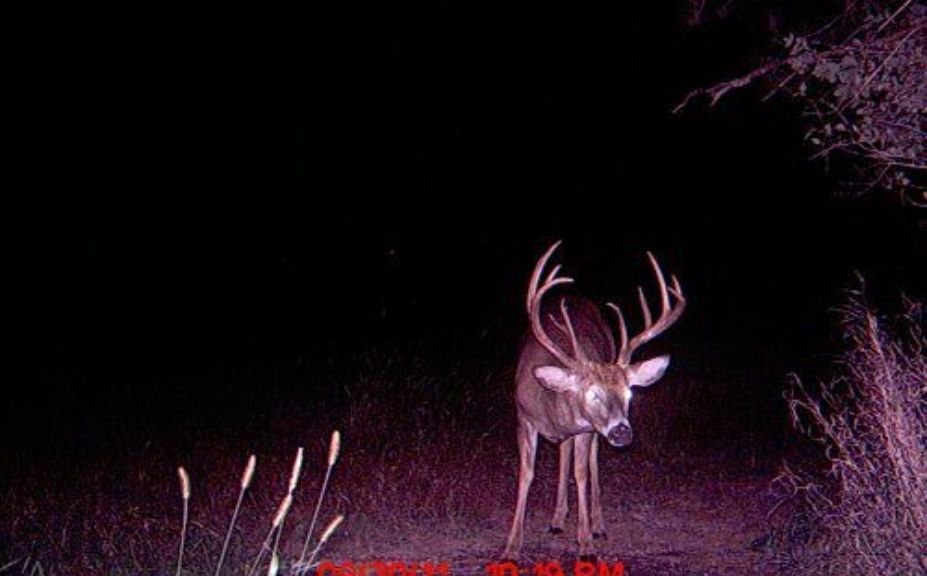
Lots Of Room For Bucks
You can now turn those stands around to face into the property, instead of outward, because those exterior ends of your property that once held the only layer of bedding on the parcel, are now the 4th bedding layer moving outwards from the center…on both ends of the parcel! It’s also time to “Cherry Pick” again. With enough room to still be able to move around the borders of your parcel without spooking deer bedded within, look for the best bedding opportunity you can find to enhance. In this manner you have taken a lot of time to locate the doe family groups…and you really don’t care exactly where they are. However, you now have the opportunity to locate the mature bucks on the parcel exactly where you want them to be…locations you can count on, hunt between, and even hunt on top of in the morning as bucks return to their beds. Throw in some constructed clear-cut travel corridors to funnel and move deer between bedding areas, parallel to your borders, and eventually towards the interior food source and you can offer some pretty definitive stand locations to shoot the local mature bucks that now live within your parcel. And while you are at it…WOW, you have no idea how set up those doe family groups are for a late season efficient harvest within and around that large plot when it comes time to thin the herd!
Conclusion
Of course some of the details have been left out due to the complexity of all the possible improvements, but I truly hope the “concept” of stacking does makes a little more sense to you. By allowing both the buck and doe movements to take place every single day you can maintain a low stress level on your parcel that is easily recognized and attractive to any wandering non-resident mature bucks. Also, by managing your stand of timber in-between your bedding layers to promote an increase in habitat diversity, you can drastically improve your parcel’s overall deer holding ability. It all starts with the ladies but in the end there is no reason that you shouldn’t be left with the campfire tails about the likes of “Big Moe”, “Slick”, and “Tallboy”.
